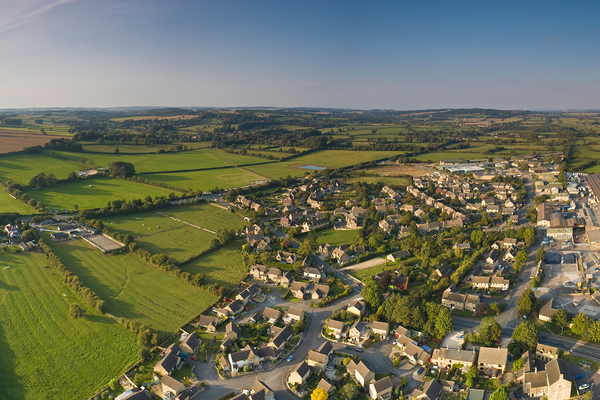You are viewing 1 of your 1 free articles
Planning rule change allows more homes from farm building conversions
The government has tweaked planning rules to allow farm buildings to be converted into a higher number of homes without planning permission.
The change to permitted development rights will allow agricultural buildings to be converted into up to five homes without the need for formal permission.
The previous system allowed a maximum of three.
Last financial year, 330 new homes were created through the conversion of agricultural buildings – 0.15% of the overall total of new housing.
Housing minister Dominic Raab said the change announced today is “part of our comprehensive reform programme to build the homes Britain needs”.
Mr Raab added: “We need to be more creative if we are to meet the housing needs of rural communities.
“That’s why I’m changing planning rules so rural communities have more flexibility on how best to use existing buildings to deliver more much-needed homes for families.”
Owners of agricultural buildings would previously have been required to apply for planning permission to convert farm buildings into five homes.
Permitted development rights are a national grant of planning permission that allow certain building works and changes of use to be carried out without having to make a planning application.
They are also used to convert offices to residential properties, a process which is unpopular with some local authorities due to a lack of control over space standards, the loss of affordable housing contributions and the loss of employment space.











